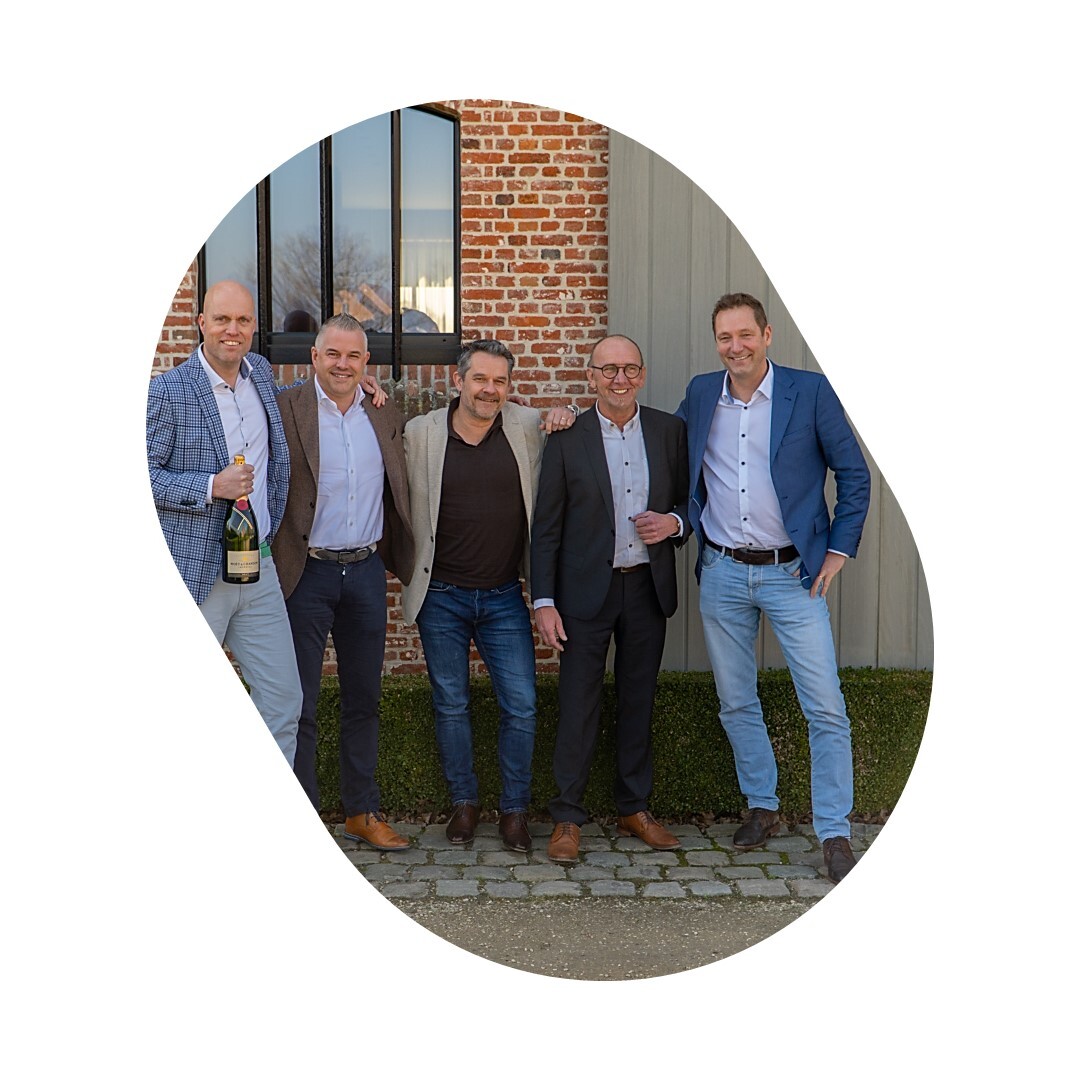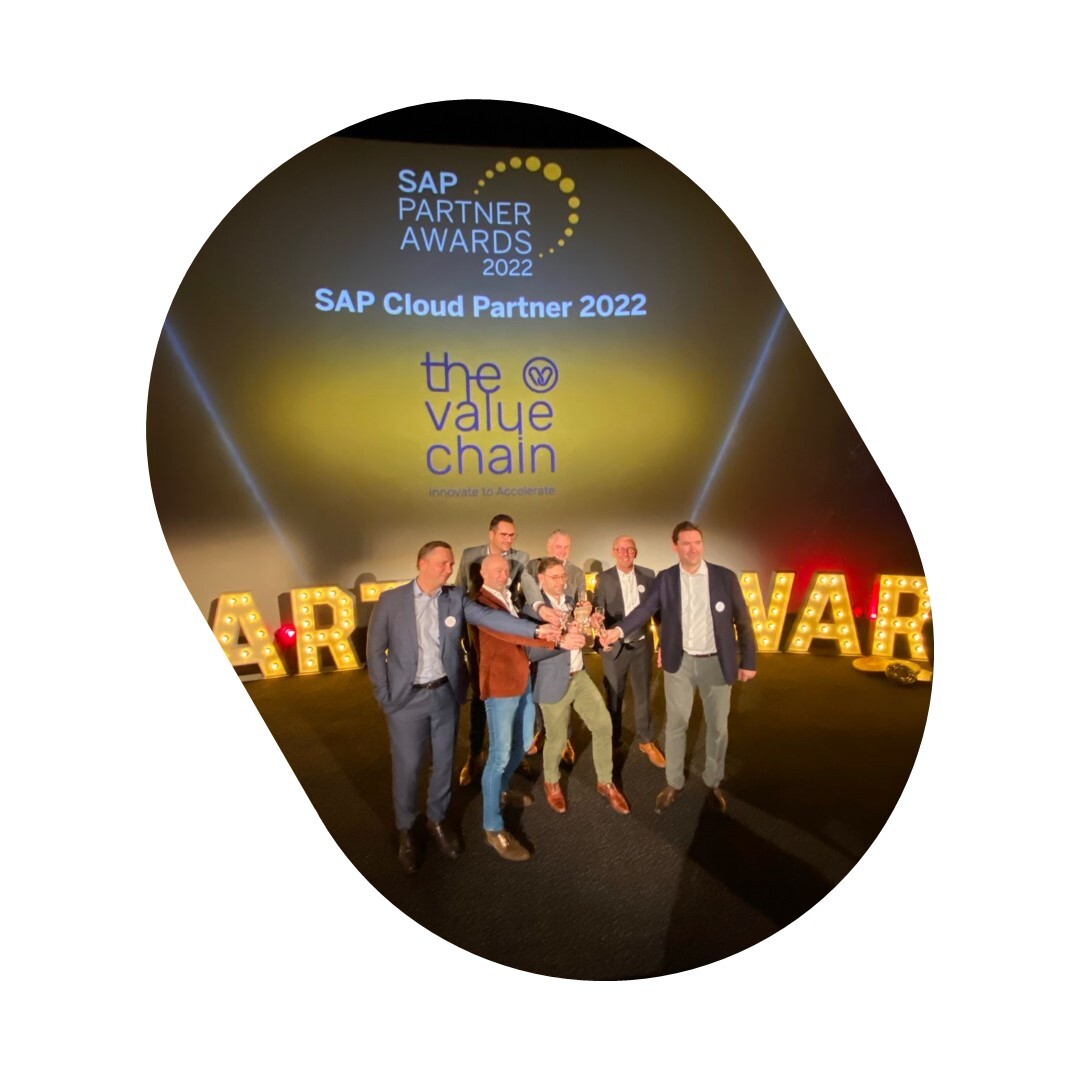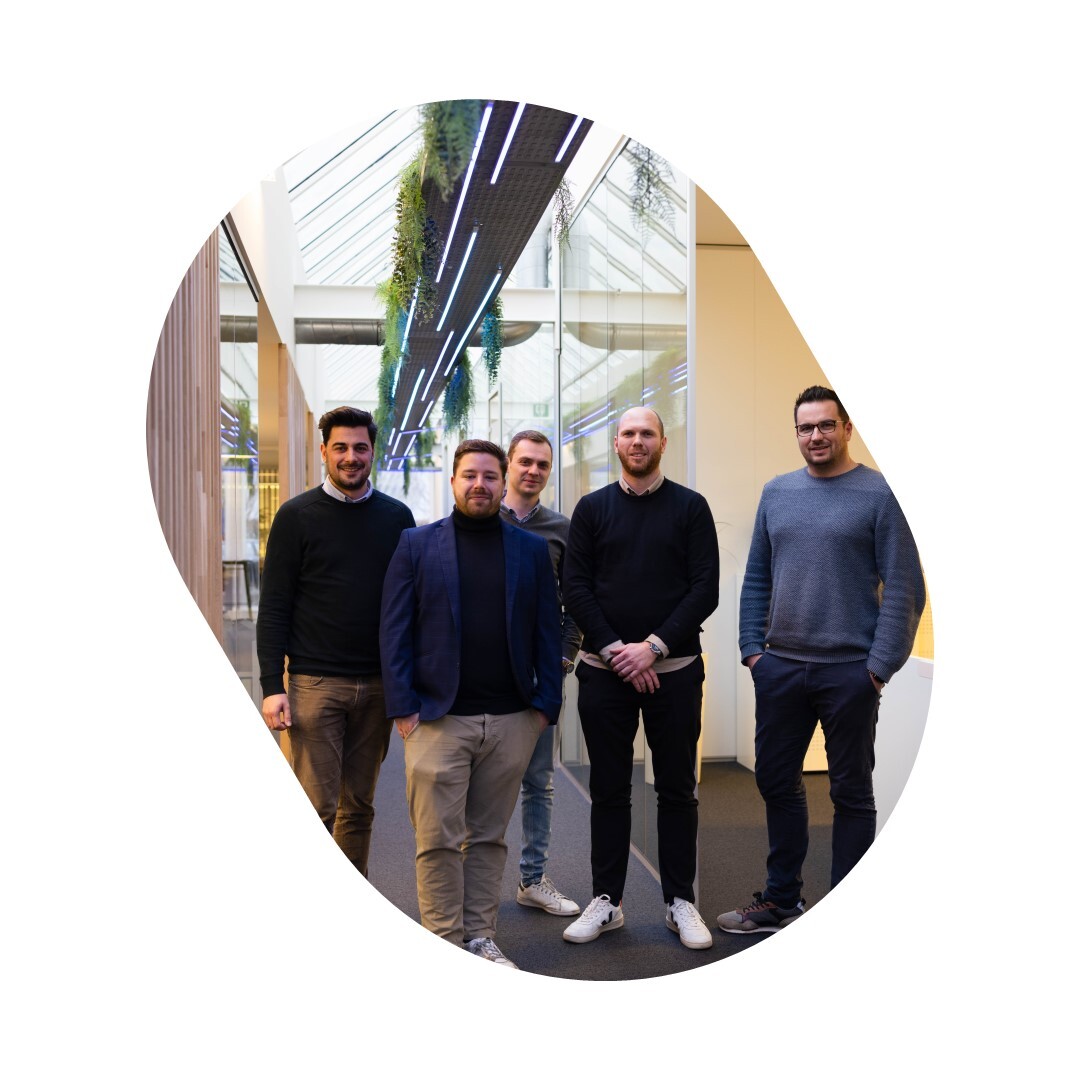What a journey it has been already, and that’s no exception for the manufacturing area. Currently, we’re live with 2 manufacturing sites and we’re still rolling out the 2 biggest ones.
Our customer is a discrete manufacturer who makes standard products and systems to manage air traffic at airports. The standard products contain mechanical and electrical parts for which also spare parts are offered. Systems are usually a combination of standard or designed products and other trading goods. Besides a few exceptions, all goods are produced by using a make-to-order strategy and very often the demand comes from a commercial airport project. Manufacturing is also involved in the rework for customer claims.
Since the company was working with SAP for some decades (already), they had a very good idea of the functionalities they would be needing need. During the discovery phase in April 2018, we explored together the system with 1802 release. We focused on how production planners, production supervisors and operators and as well as the quality engineers were using their SAP ECC system(s) to run business processes. The resulting feeling was rather enthusiastic and encouraging. Though, there were also severe worries about missing features at that moment.
First impressions we experienced among the audience
- The user experience offered by the Fiori Launchpad with apps is a big improvement. Especially the use of your own smart tiles is very useful. We saved, for example, a tile to show all daily planned operations on a specific work centre. It acts as a dashboard because it shows you the operations that are not yet processed, and when you click on it, you get an executable worklist.
- New Fiori apps offer better insights. Some examples: 'Manage Production Orders' shows visually production issues like delays, component shortages, quantity and quality issues.
- Many documents (e.g.: production orders, purchase orders, sales orders,…) can be shown as fact sheets where you can easily drill down to material documents with document flows.
- A large number of white-listed Core Data Services (CDS) views are made available. They can be used to create own custom CDS views and eventually, nice visual analytics.
- People are often relieved to see that the 'old transactions' are still made available in most cases.
- Also the CoPilot is an interesting Cloud tool to collaborate with your colleagues. It's especially useful when you include objects that will re-direct your colleague to the same view with one click.
- The customer liked to use the Assemble-To-Order (81) planning strategy, as it allows you in a sales order to check the availability of your assembly components, providing immediately a (more) realistic confirmation date to the customer. Unfortunately, one of the cloud simplifications is the reduction of planning strategy groups.
- Capacity planning and levelling were completely unavailable in the 1802 release. (Anno 1908 we do have great new functionalities, which we will illustrate in later blogs.)
- Many 'Z-transactions' don't always have an immediate equivalent in the new system. E.g.: it was soon clear we would need to develop a custom app to print out production labels.
Challenges that popped up during discovery
Next to that, there are also issues that are less obvious. We only encountered them in the Explore or even in the Realize phase, when more complex flows meet each other. Those are usually technical hick-ups of a system which is still in continuous development. An example. Serial Numbers are a logical requirement in a discrete industry. Just like Warehouse Management (Cloud Warehouse to be precise) can be required to cover more advanced warehousing processes. However, there's still the 'imperfection' that serialized materials cannot be processed with Cloud Warehouse (nor inbound or outbound). So, until release 2002 (February 2020, when a solution is promised according to the SAP roadmap), the customer is forced to choose one of the two functionalities for the moment.
As you can feel, it's very important to follow(-up) constantly SAP’s roadmap. As an implementation partner, we 'Tell-Show-Tell' the standard best practices and encourage the customer to respect the standards and even adapt their business processes. If the best practices, or custom logic by means of the offered business add-ins (BAdIs), still not bring the desired added value, we launch a Customer Influence ticket to request improvements. If it gets voted sufficiently, it will be included (again) in one of the next releases. If not, we take it still one step further and try realizing it with side-by-side developments on the Cloud Platform. In the end, there are no open topics without a projected solution.
Working now 18 months extensively with this Cloud System makes us experienced experts. The evolution of the system so far has been remarkable. All the functionalities that flow in constantly and the close involvement of SAP, let (make?) us believe this is a solid product that many customers will please.
If you have any comments, please get in touch with us!



